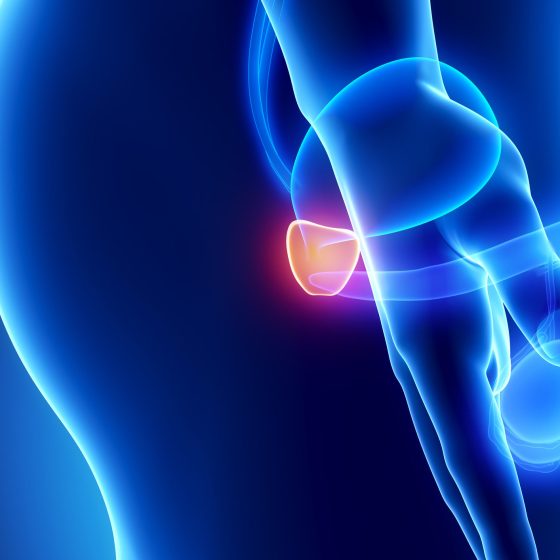Varicocele
Overview A varicocele refers to dilated veins within the pampiniform plexus. The pampiniform plexus is a network of veins found in the spermatic cord that drains the testes and epididymis. Varicoceles occur most commonly in adolescent boys and may affect up to 15% of men. The vast majority (around 90%) occur on the left side. It is strongly associated with infertility and as such varicoceles are seen in around 40% of men presenting with infertility. Aetiology Varicoceles occur due to dilation of the pampiniform plexus in the scrotum. The pampiniform plexus is a network of veins found in the spermatic cord that

